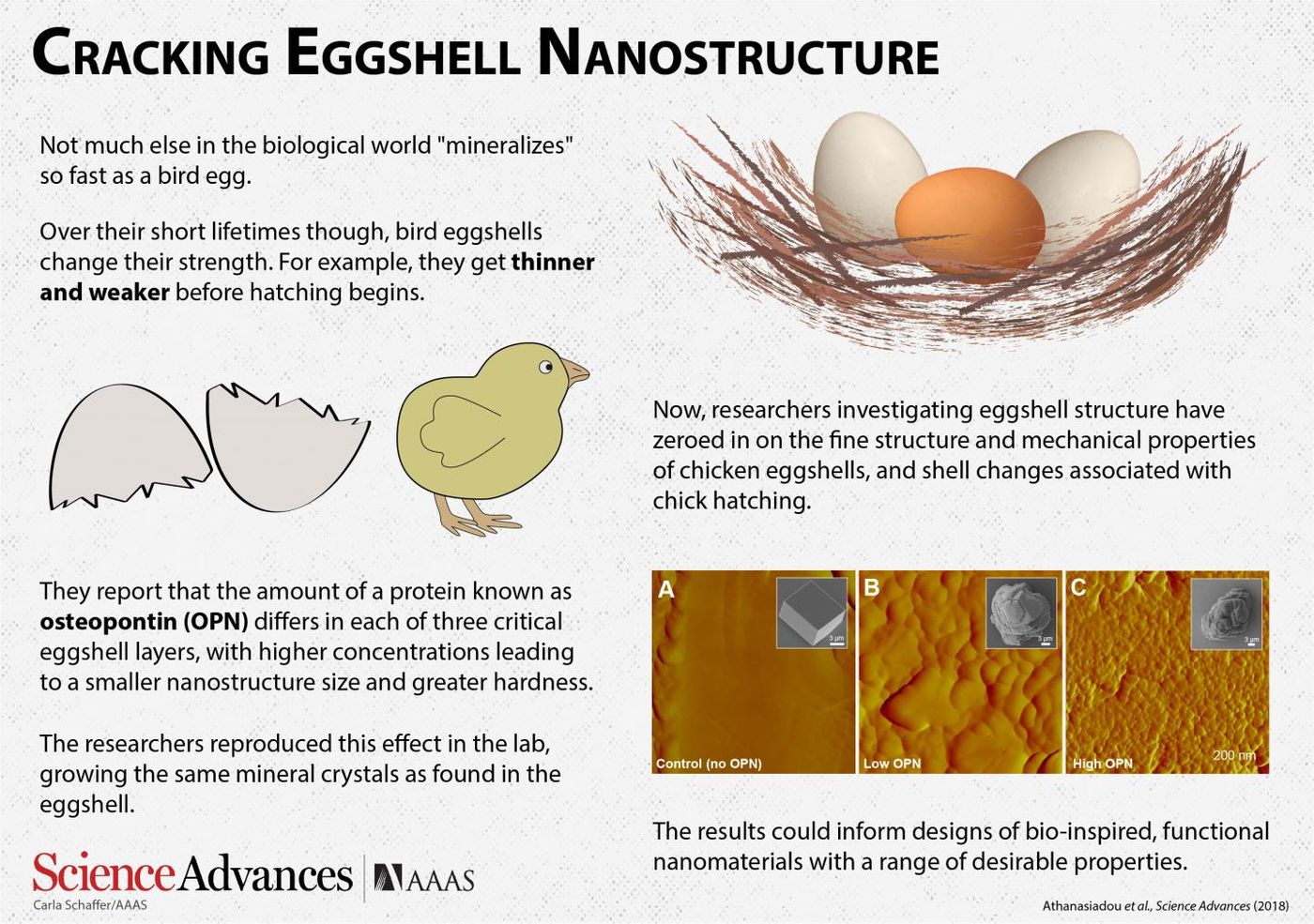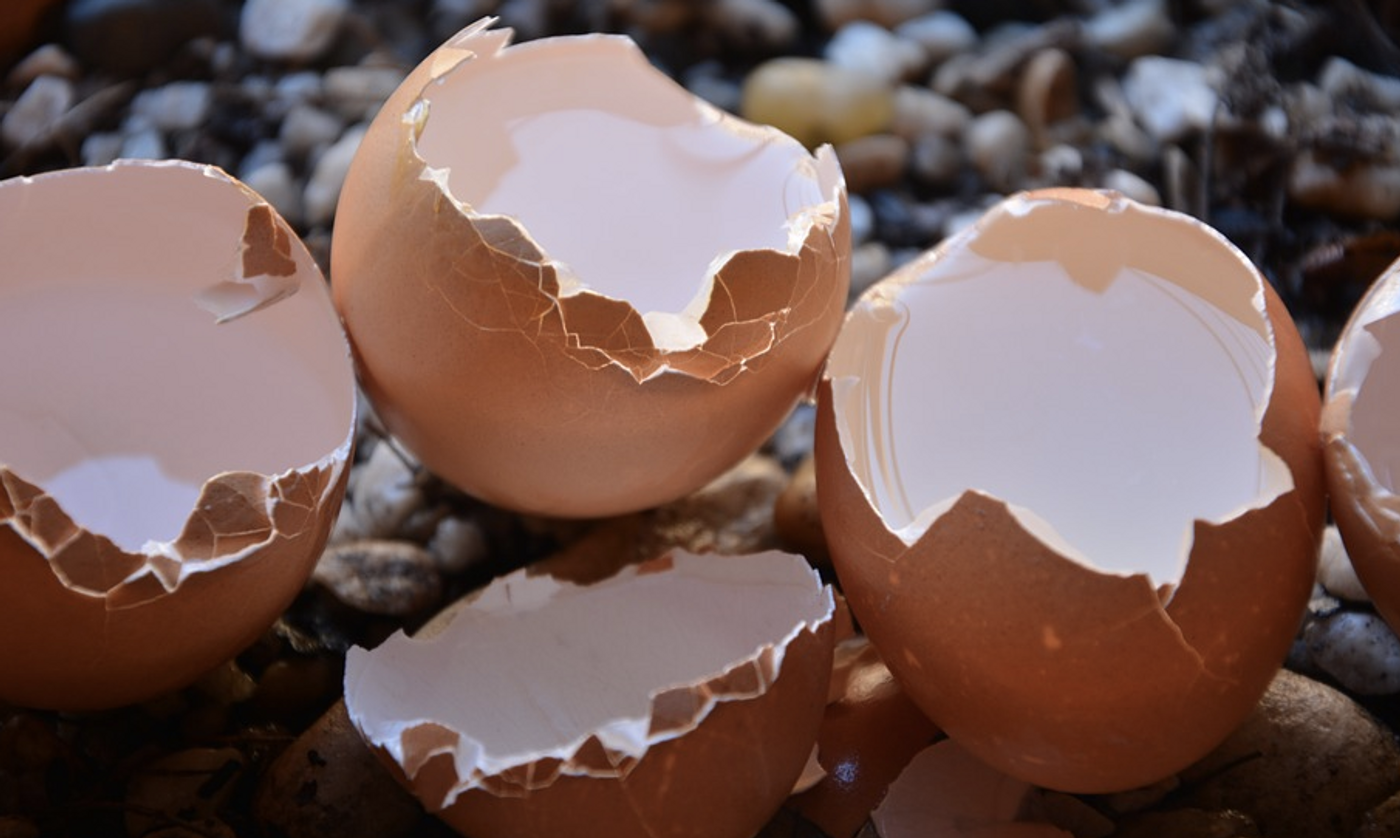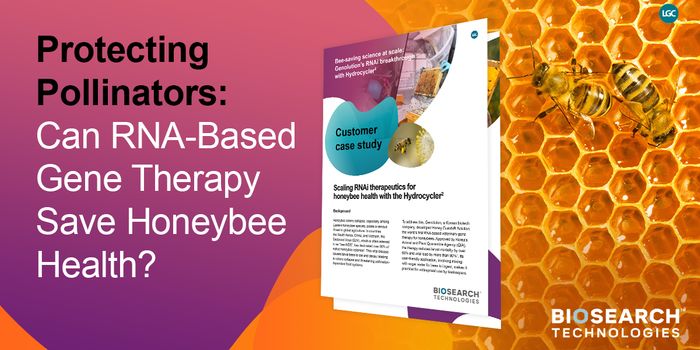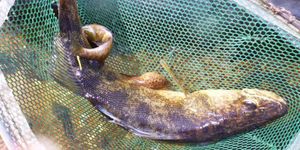Cracking the Eggshell's Structural Mysteries
Eggshells are a marvel of nature; they can resist breakage by outside forces, yet will easily crack open from the inside as a chick hatches. Scientists at McGill University have learned that the trick lies in the nanostructure of the eggshell. The perfect shell has evolved over millions of years, now this new work, reported in Science Advances, could help improve food safety.
Living tissue can make minerals, and subsequently stiffen up, in a process called biomineralization; eggshells are a biomineralized chamber that holds nutrients and protects chick embryos as they develop. Researchers wanted to know where these unique characteristics came from and utilized new procedures in sample preparation to analyze the eggshell’s interior. They wanted to get a look at the mechanical properties and molecular features.
"Eggshells are notoriously difficult to study by traditional means because they easily break when we try to make a thin slice for imaging by electron microscopy," explained McKee, a professor in McGill's Department of Anatomy and Cell Biology. "Thanks to a new focused-ion beam sectioning system recently obtained by McGill's Facility for Electron Microscopy Research, we were able to accurately and thinly cut the sample and image the interior of the shell."
Minerals and many proteins make up eggshells, including osteopontin, a protein also found in bone. The first author of this work, graduate student Dimitra Athanasiadou, found that a critical component of shell strength is a nanostructured mineral that is associated with osteopontin.
The investigators also learned more about chick development during their study. A growing chick needs calcium to make bones; the interior of the eggshell dissolves as the chick develops, providing it with a supply of minerals. That process also weakens the structure of the shell, so that it can eventually be broken open by the chick.
The scientists and collaborators then used a variety of imaging methods to investigate that reciprocal relationship. Atomic force microscopy, X-ray and electron analysis techniques showed that tiny changes in the nanostructure of the shell make this process possible during the incubation of an egg.
Additional work indicated that a nanostructure similar to what they found could be recreated in the lab by adding osteopontin to growing mineral crystals.
Professor McKee suggested that a better understanding of how proteins function in calcification events that promote the hardening and strengthening of eggshells through biomineralization may have critical implications for food safety.
"About ten to twenty percent of chicken eggs break or crack, which increases the risk of Salmonella poisoning," said McKee. "Understanding how mineral nanostructure contributes to shell strength will allow for selection of genetic traits in laying hens to produce consistently stronger eggs for enhanced food safety."
Sources: AAAS/Eurekalert! via McGill University, Science Advances










